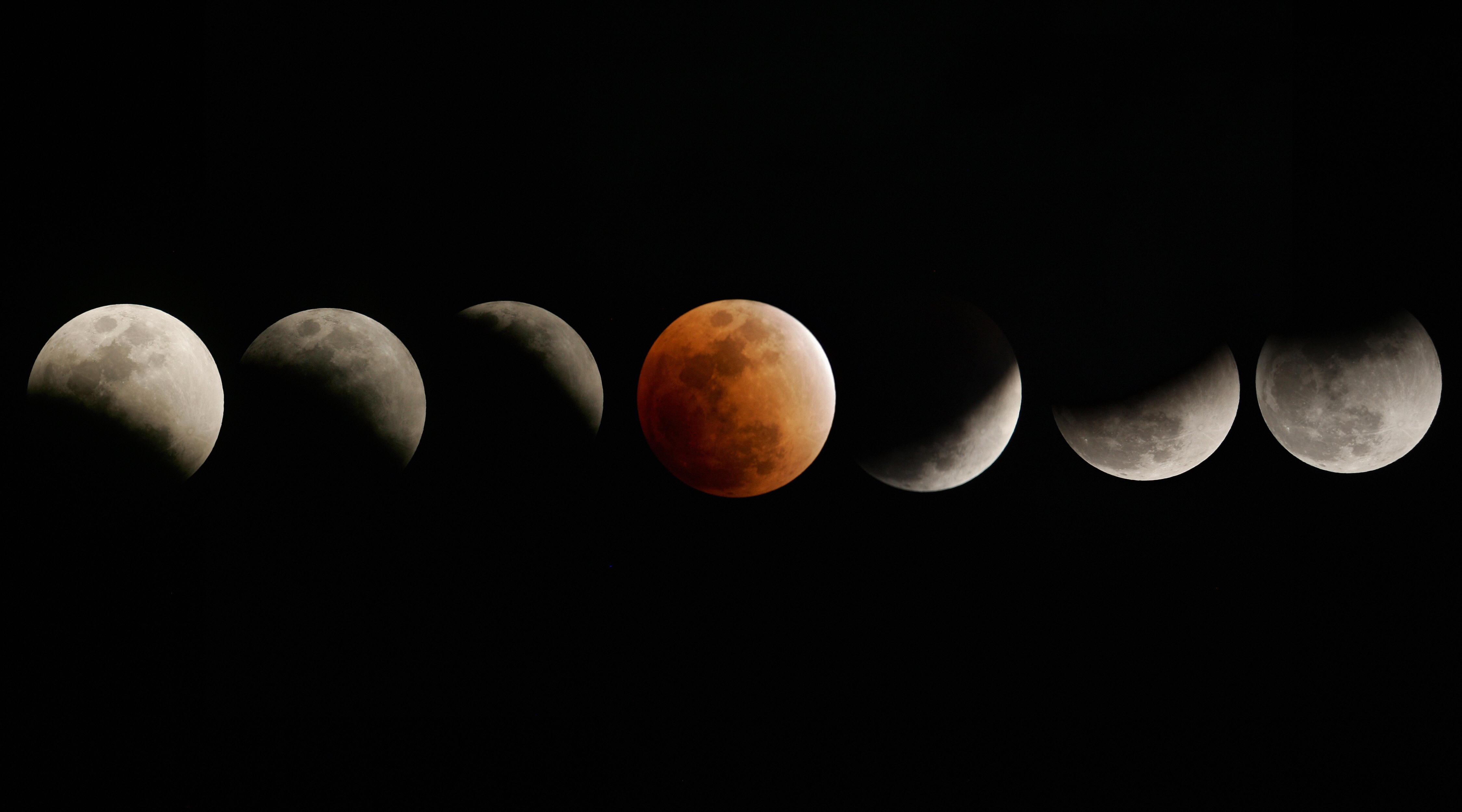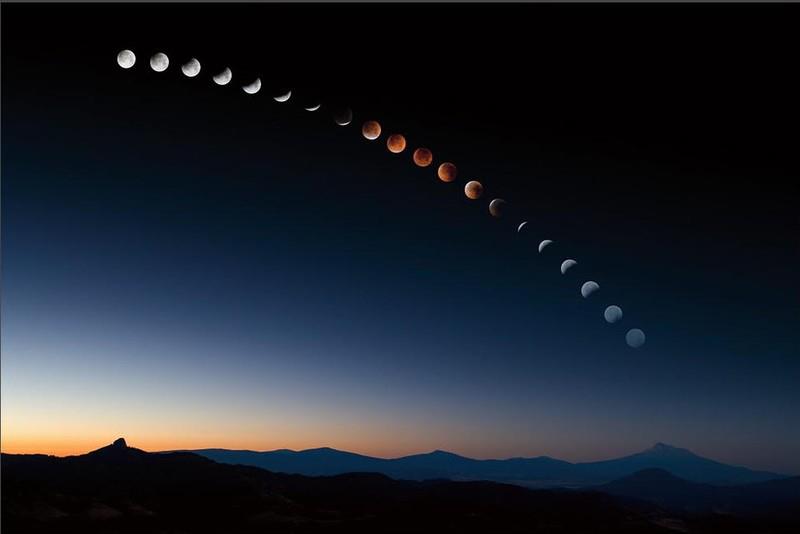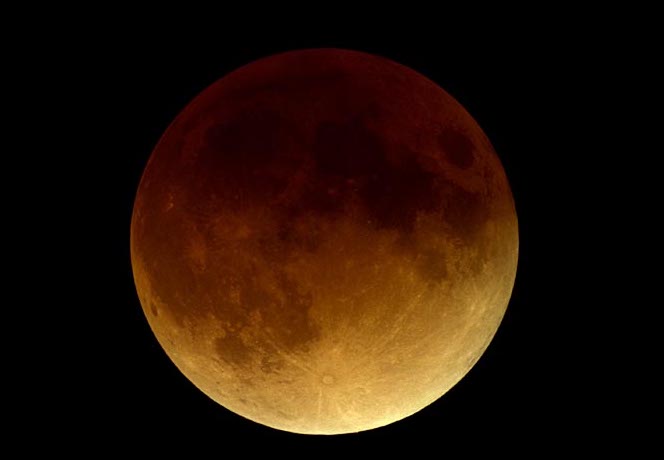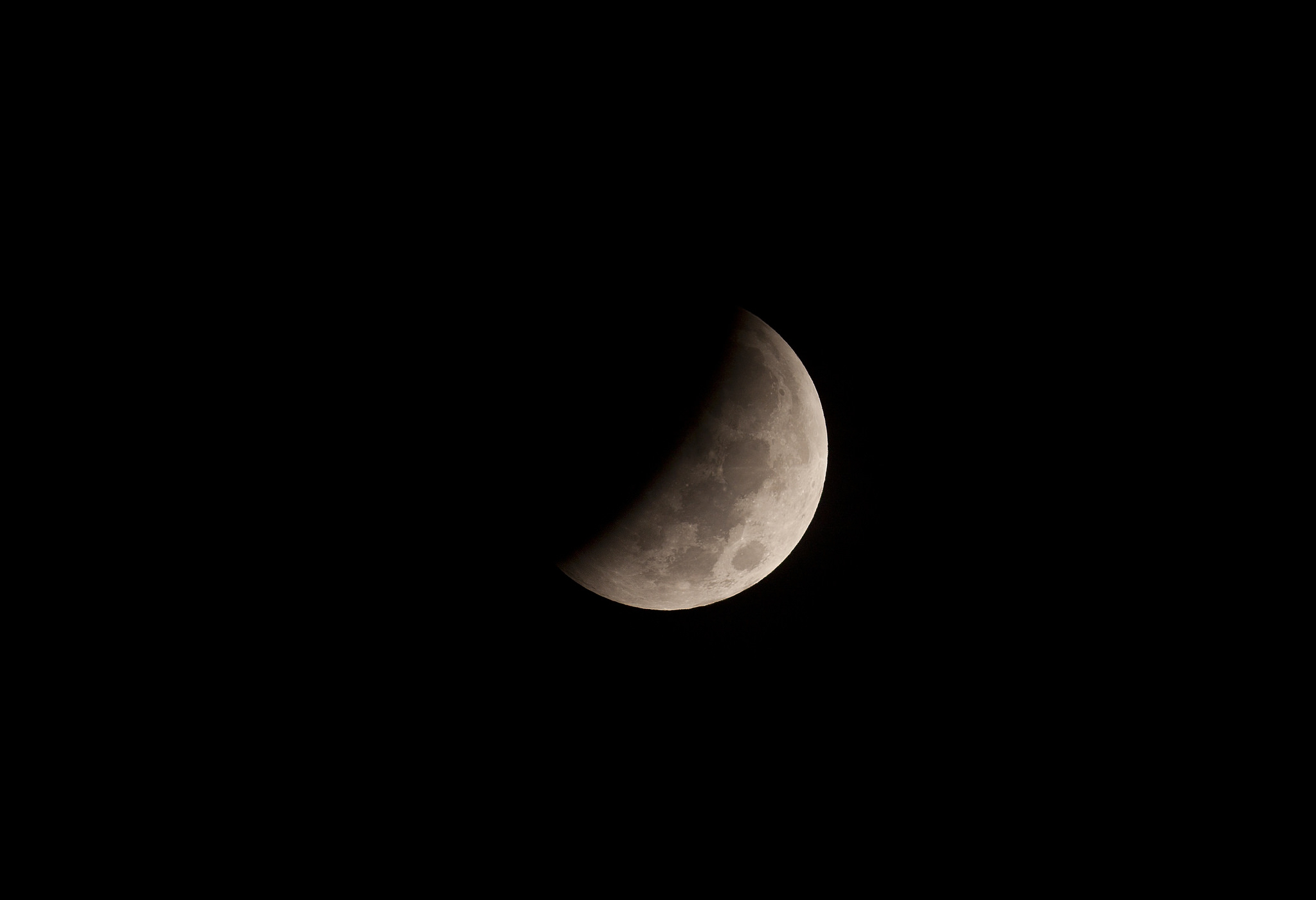
Sciences & Technology
Supermassive black hole controls star birth

Everything you need to know about the double-blue moon, super moon and total lunar eclipse
Published 30 January 2018
On Wednesday 31 January, 2018, Australians will have front row seats to a rare super, double blue, blood Moon.
We asked University of Melbourne observational cosmologist Dr Christian Reichardt to run us through what it is, when to see it and why it’s rare.

We have three things happening at once: a double blue moon, a super moon and a blood moon, or total lunar eclipse.
Blue moons are when we have two full moons in the same month. Strictly speaking, Wednesday’s moon isn’t a blue moon down in Melbourne, since the full moon happens just after midnight on 1 Feb. But, it is a blue moon just one time zone over in Adelaide.

Sciences & Technology
Supermassive black hole controls star birth
Double blue moons are when two blue moons occur in the same year and we’ll have another blue moon on 31 March.
The term ‘super moon’ relates to the Moon’s proximity to Earth. The Moon’s orbit around the Earth follows an ellipse, which means that sometimes the Moon is a bit closer to us and sometimes a bit further away.
When it’s closer, the full moon is larger and brighter. In fact, the full moon’s brightness can increase by 30 per cent from a full moon at apogee (when it is furthest away from the Earth) to one at perigee (closest to Earth). In addition to a brighter full moon, the super moon also affects the height of tides, increasing them by a few centimetres.
Finally, and most dramatically, we have a total lunar eclipse from 11:51pm to 1:07am AEDT. There’s also a partial eclipse for another hour on each side.
The Moon, Earth and Sun will all line up, with the Earth in the middle blocking the Sun’s light from reaching the Moon. Not all is dark however. A small amount of sunlight scatters off the Earth’s atmosphere back to the Moon. Blue light, which is scattered more readily in the atmosphere, never makes it through the atmosphere, so the result is to bathe the Moon in reddish light. This is also why sunsets are red. The resulting red colour led people to call it blood moon.

Lunar eclipses can only happen at full moon, as we need the Moon, Earth and Sun to line up directly in that order. In this ordering, from the Earth, we can only see the side of the Moon illuminated by the Sun, the light side. Conversely, solar eclipses only happen at new moon, as the ordering along the line for a solar eclipse is Earth-Moon-Sun.
The combination of all three – a blue moon, a super moon and a blood moon – is very rare. To give you an idea, we can apply some numbers to this:

Sciences & Technology
How Australian telescopes are ‘Capturing the Cosmos’
Every year, we see 3-4 supermoons out of 12-13 full moons.
We expect to see a blue moon every 2.7 years, and we expect to see a double blue moon 3 to 5 times per century. Double blue moons are when we have 2 blue moons in a year; in 2018 we will see a blue moon in January and March.
We will see eight total lunar eclipses in Australia over the next decade - two of them this year. But we will have a better view of this one than the one later in the year in July.
The lunar eclipse, or blood moon, will be great fun.
We’ll see a growing dark slice nibbled out of the full moon as it passes into the Earth’s shadow. Once it’s dark enough, the shadowed region will turn a reddish hue.
While rarer, adding the extra adjectives of ‘super’ and ‘blue’ moon to the blood moon will only modestly change the show.

Blue moons, the second full moon in a month, look the same as a normal full moon. Wednesday’s super moon will appear about 6 per cent larger and around 13 per cent brighter than a normal full moon.
Australia has a great view of the entire eclipse, from the first moments of the faint penumbral eclipse, through the partial eclipse and full eclipse, although Western Australia will miss the early stages of the eclipse.

Sciences & Technology
Supermassive black holes feed on cosmic jellyfish
In Melbourne, you should be able to see it anywhere you can find a break in the clouds. According to the Bureau of Meteorology, weather along Australia’s East Coast should be quite good, although most capitals may have some clouds to contend with.
We will begin to see a partial eclipse, when a dark bite is taken out of the moon, at 10:48pm AEDT, and we’ll reach a total eclipse at 11:51pm AEDT. The total eclipse ends an hour later at 1:07am AEDT.
Super moons always cluster together in time. The normal pattern is to have 10 or so months without a super moon, and then 3 or 4 in a row.
We are in the middle of an unusual pairing of blue moons given we will have two over the coming months. This will next happen in 2037.
There will be two more eclipses in 2018 that will be visible from parts of Australia. We will have a partial solar eclipse on 13 July and the best view will be in Tasmania. It will also be visible in southern South Australia and Victoria.

Solar eclipses are stunning to see, but please, never try to look directly at the Sun without proper protection.
Two weeks after that solar eclipse, there will be a total Lunar eclipse on 28 July in the wee hours of the morning.
And finally, in mid-December, we will see the Geminids meteor shower, which should be spectacular. The Geminids were first observed 150 years ago, and are now the brightest of the yearly meteor showers.
All in all, 2018 is a great year to be getting the kids out to stare at the night skies.
Banner: Getty Images